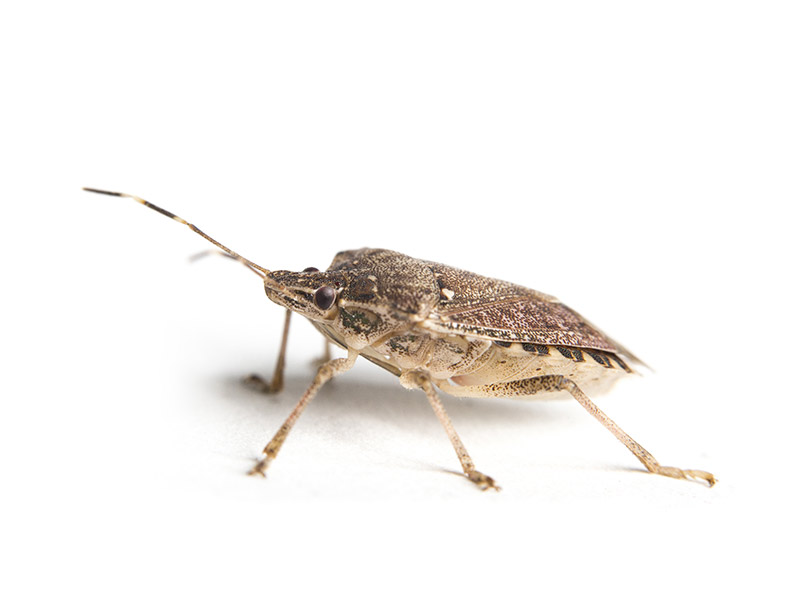Opt for expert Pest Control to maintain a pest-free home.
Eco-Friendly Pest Control Approaches for Handling Wild Animals in Urban Locations
Urban areas often find themselves at the junction of human task and wild animals, leading to one-of-a-kind difficulties in insect administration. These techniques not only shield the setting however also enhance community engagement in wildlife monitoring. As city populations continue to grow, comprehending the characteristics of wildlife communications becomes increasingly vital.
Recognizing Urban Wild Animals Dynamics
Understanding Urban Wildlife Characteristics is important for establishing efficient and eco-friendly insect control methods. Urban locations are significantly ending up being habitats for numerous wildlife varieties, driven by elements such as environment fragmentation, food accessibility, and human encroachment. Identifying these dynamics permits a nuanced method to pest monitoring that lines up with eco-friendly principles.
Urban wild animals commonly includes varieties such as raccoons, squirrels, and birds, which adapt to city atmospheres, finding specific niches in environment-friendly areas, parks, and also suburbs. Their presence can result in problems with humans, especially when they exploit personnels for food and shelter. Comprehending the actions and ecological functions of these varieties informs approaches that reduce adverse interactions while promoting biodiversity.
In addition, acknowledging the interdependencies within city ecosystems assists in recognizing critical areas for habitat preservation and repair. This expertise contributes to the development of integrated insect administration (IPM) methods that take into consideration the ecological balance, thereby decreasing reliance on dangerous chemicals. By cultivating conjunction in between human beings and urban wildlife, cities can create healthier environments that benefit both citizens and regional ecological communities, paving the way for sustainable metropolitan living.
Natural Repellents and Deterrents
Natural repellents and deterrents use a sustainable alternative to standard parasite control methods by using the power of nature to keep unwanted varieties away. These environment-friendly options normally make use of plant-based ingredients, vital oils, and other normally taking place materials that prevent pests without hurting the atmosphere.
One effective natural repellent is peppermint oil, which is known to fend off rodents and pests. Its solid scent is unpleasant to several bugs, making it a prominent choice for city setups. Vinegar and citrus peels can offer as deterrents, as their strong smells are commonly uninviting to different wildlife.
Additionally, diatomaceous planet is a natural powder that can be spread in locations susceptible to bug task, successfully drying out and preventing pests without posturing dangers to non-target varieties. Garlic sprays and neem oil are identified for their ability to push back a broad array of pests, consisting of both insects and larger wild animals.
Carrying out these natural repellents not only reduces reliance on chemical pesticides yet also advertises a healthier city community, fostering a much more well balanced coexistence in between people and wildlife. By using these methods, city areas can effectively take care of insect populaces while lessening environmental impact.
Habitat Alteration Methods
Efficient environment modification techniques play an essential role in lasting insect monitoring by altering the environment to make it less helpful to pest problems. By comprehending the ecological characteristics of urban areas, home proprietors can execute strategic alterations that deter insects while advertising biodiversity.
(Fire Ant Control)One key technique entails maintaining appropriate cleanliness. This consists of regular waste removal, protecting garbage containers, and eliminating standing water to decrease breeding websites for pests and rats. In addition, landscaping practices such as choosing indigenous plants can boost ecological balance, supplying environments for beneficial organisms while lessening sources for parasites.
Another important strategy is to seal access factors in buildings. Inspecting and fixing splits in foundations, walls, and home windows can dramatically minimize insect access. Developing physical obstacles, such as fences or plant barriers, can prevent wild animals activity into human-inhabited areas.
Integrated Pest Monitoring Practices
Structure upon habitat modification strategies, incorporated bug administration (IPM) practices use a holistic strategy to managing pest populaces while minimizing ecological impact. IPM incorporates different strategies, consisting of organic, social, mechanical, and chemical controls, to achieve efficient pest administration.
Organic control involves the introduction of natural killers or bloodsuckers to reduce insect populaces. Cultural methods, such as plant rotation and cleanliness, interrupt pest life cycles and lessen their habitats - Pest control service. Mechanical controls, like catches and obstacles, supply immediate relief from bug stress without chemical intervention
Chemical controls are utilized as a last option, concentrating on targeted applications that limit injury to non-target types and the atmosphere. The choice of eco friendly chemicals, when needed, is integral to the IPM structure. Furthermore, monitoring bug populaces and assessing prospective damages assists educate decision-making, ensuring that interventions are prompt and reliable.
Community Participation and Education And Learning

(Cockroach Control)Workshops and informative sessions can furnish residents with knowledge regarding indigenous varieties, habitat conservation, and efficient safe parasite monitoring techniques. Collaboration with institutions, regional companies, and federal government firms further enhances educational outreach, making sure that essential information reaches diverse target markets.
In addition, community-led campaigns, such as neighborhood clean-up days and habitat restoration projects, not only promote biodiversity but also strengthen community connections. Pest control service. By urging homeowners Bat Removal to share their experiences and monitorings, areas can create targeted approaches that resolve details neighborhood bug problems
Integrating feedback from residents right into parasite monitoring intends makes it possible for a much more receptive and flexible technique to wild animals difficulties. Inevitably, educated and engaged neighborhoods are key to attaining lasting success in environmentally friendly pest control, bring about much healthier metropolitan environments that value both human and environmental requirements.

Final Thought
In final thought, eco-friendly pest control approaches offer sustainable options for taking care of city wild animals. By prioritizing habitat modification, using all-natural repellents, and carrying out incorporated bug monitoring practices, neighborhoods can promote an unified conjunction with local fauna.